Brescia — the city at the foot of the hills
Categories: Culture | Design and Architecture | Europe | Travel
By Pictolic https://pictolic.com/article/brescia-the-city-at-the-foot-of-the-hills.htmlBrescia (Brescia) — the second largest city of Lombardy and the administrative center of the largest province of the Lombardy region, is an hour's drive from Milan. The city lies at the foot of the hills below the Alps.
In guidebooks about Brescia almost did not write, and on a travel site actually says that Brescia is an industrial city, not very interesting for travelers. But this is absolutely not true! Brescia is a beautiful city of Italian art, history it left deep traces and defined its architecture.
Generally, Brescia is a very old city. It was founded by Ligurians more than 3000 years ago, before the birth of Rome. Then there were the Celts, then the Gauls and then the Romans who called the town of Brixia.
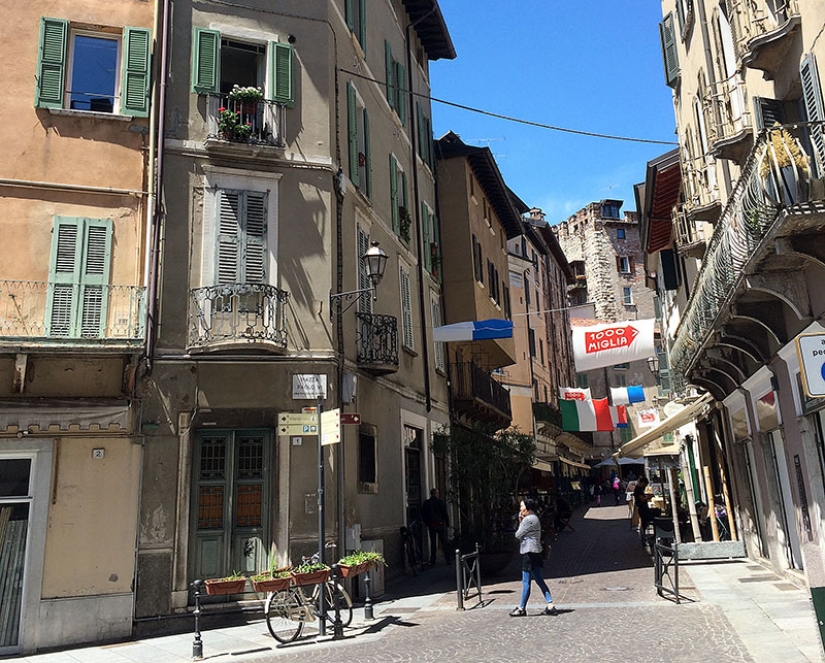
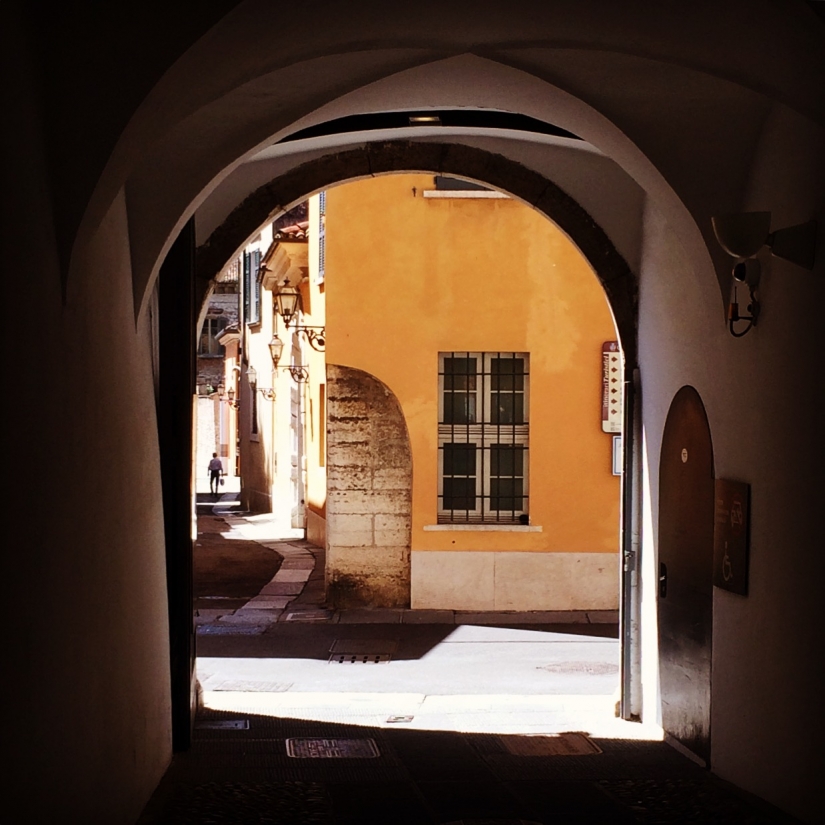
1. All sights are in the quadrilateral whose vertices are the train station and Piazzale Repubblica in the South-West, Piazzale Vittorio Veneto in the North-West, the castle of Brescia in the North-East and the corner of the street via Spalto San Marco in the South-East. Square in the historic centre of the city is approximately 4 square kilometres.
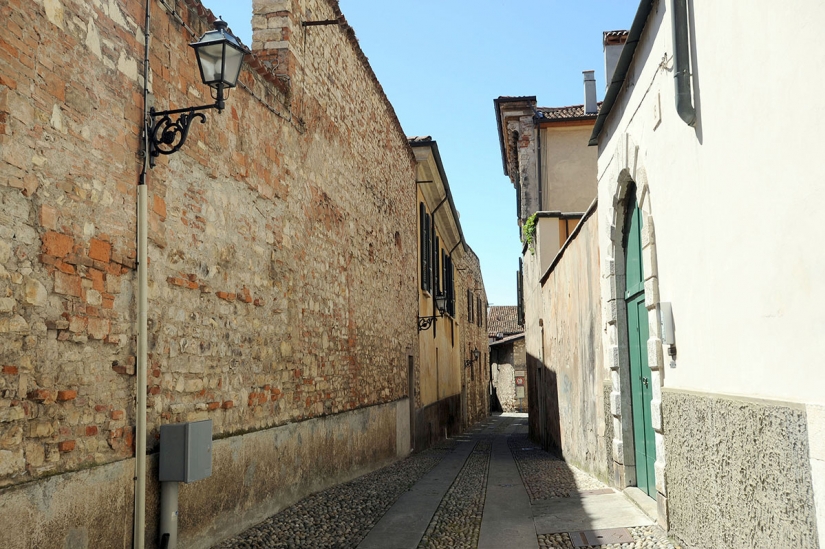
2. Interesting fact: Brescia is one of the cities captured by Suvorov during Italian campaign of the Russo-Austrian army against the French troops in Northern Italy in April-August 1799. And commanded the storming of the famous General Bagration.
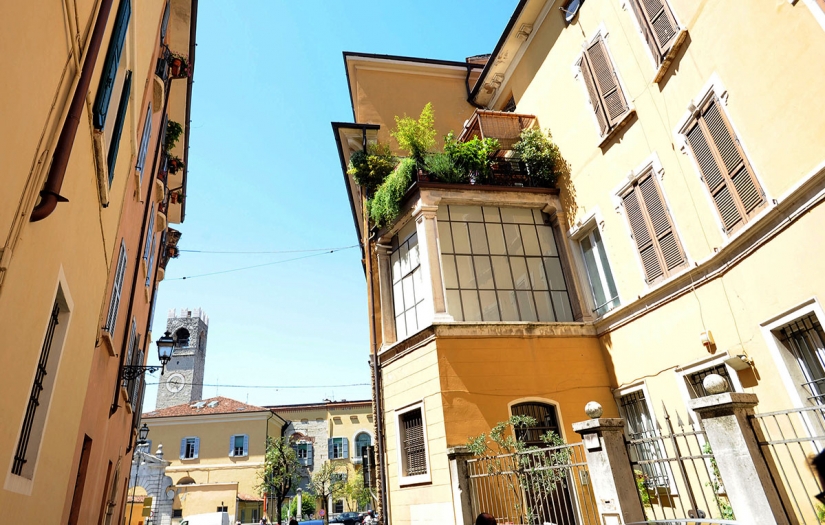
3.
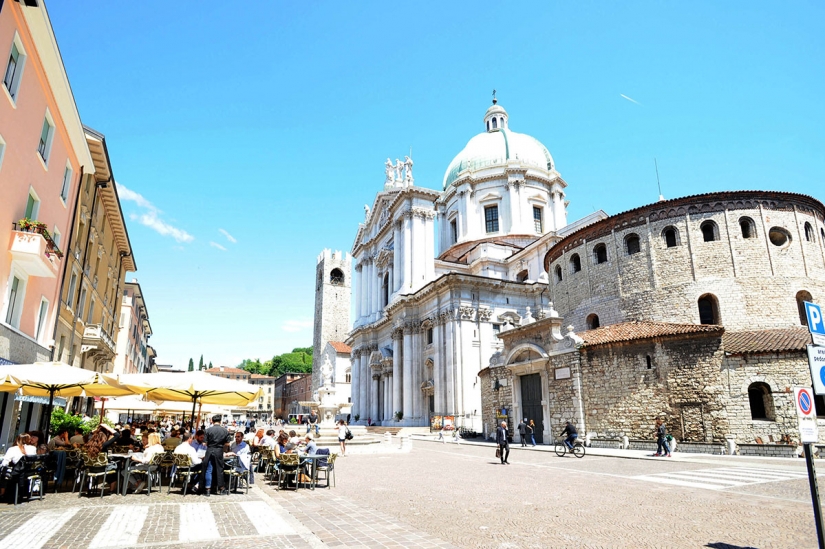
4. Piazza del Duomo (Piazza Paolo VI). This square is the social and religious center of the city. Her feature — complex standing in a line totally different style buildings: the Duomo Vecchio, Duomo Nuovo, S. Agostino, Broleto.
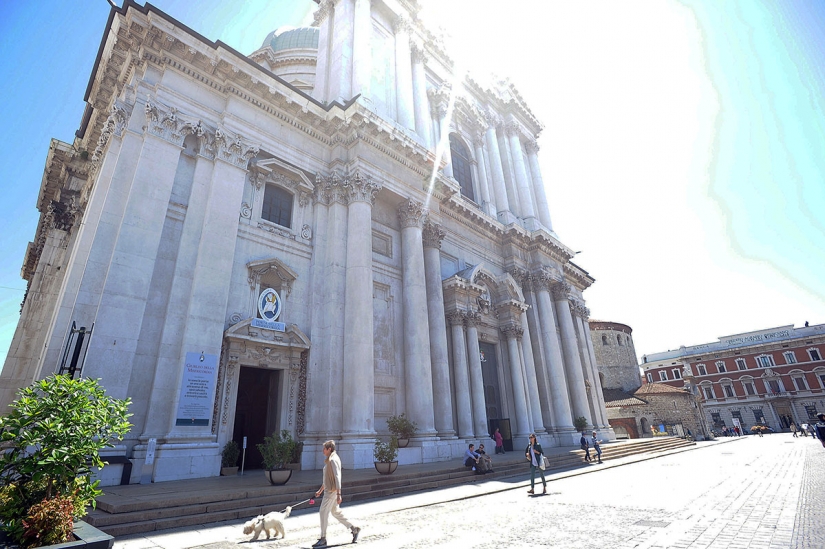
5. Duomo Nuovo (New Cathedral), built in 1604. Completed it was only in 1825. The height of the Cathedral is 80 metres away.
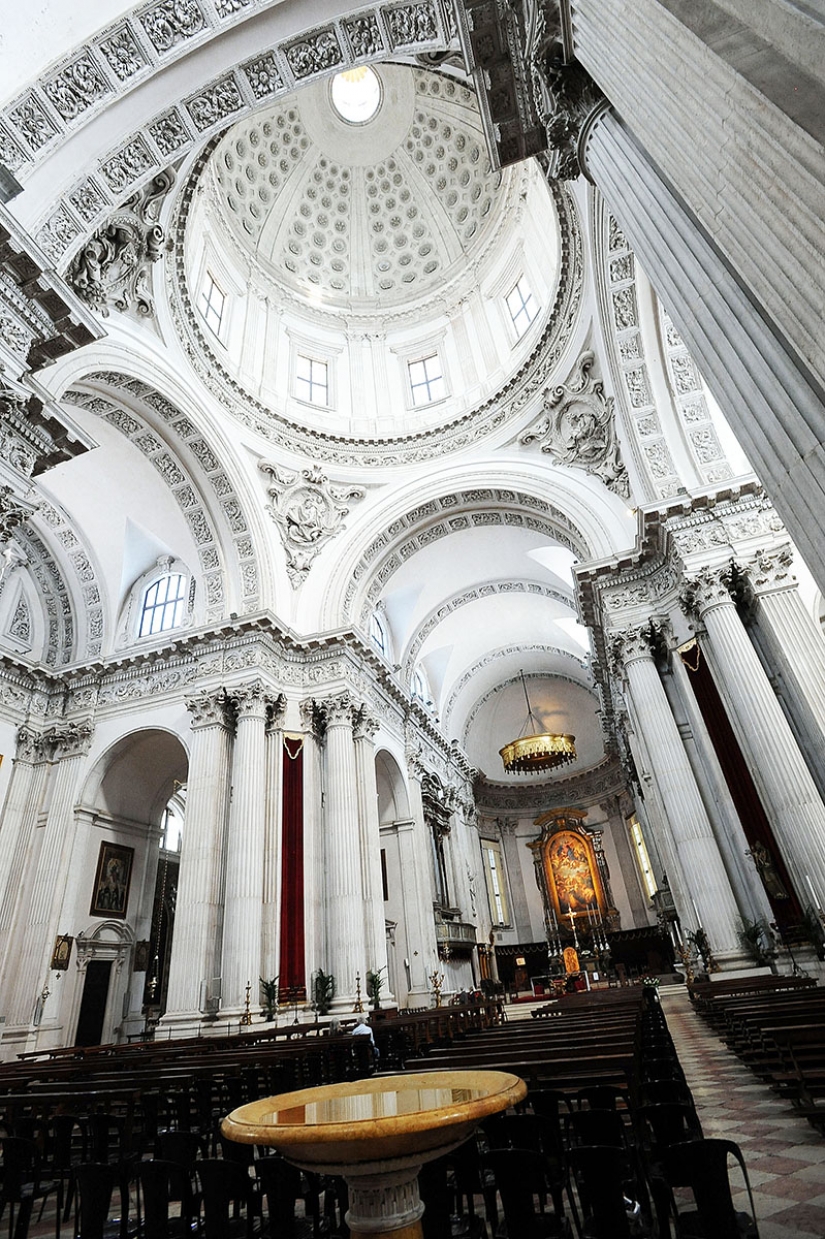
6. The size of the dome Cathedral stands in third place in Italy after the Cathedral St. Peter in Rome and the Church of S. Maria del Fiore in Florence.
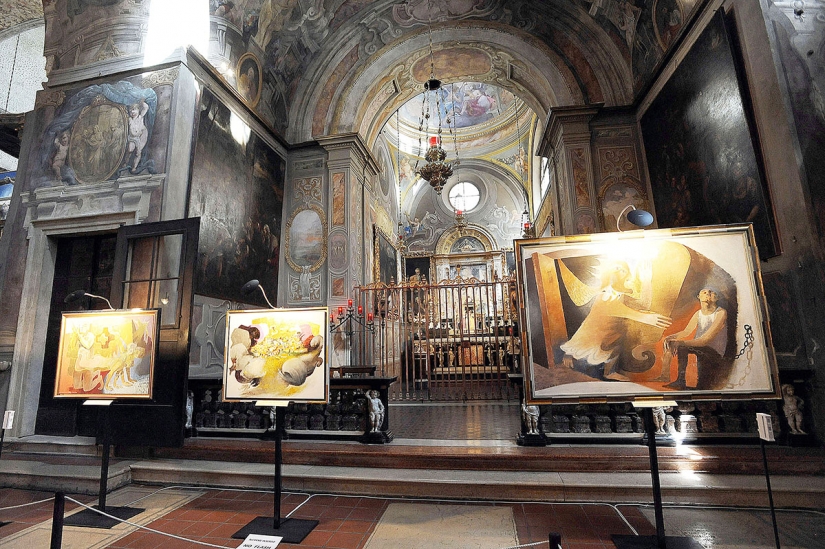
7. The interior of the Duomo Vecchio, or Rotonda. The construction of the Cathedral was begun in the XI century in the place of another from the VI century Basilica of Maria Maggiore. At the end of the XV century the Church was extended eastward. In 1565, was awarded a choir. In the XVIII century the entrance to the Rotunda was former window, as the rotunda was fixed and settled in the land, and the time has come when the old entrances were quite uncomfortable. Then a would-be architect Piantavigna decided to make the entrance through the tower (when it was tower), but something he's screwed up, and in 1708 the tower fell.
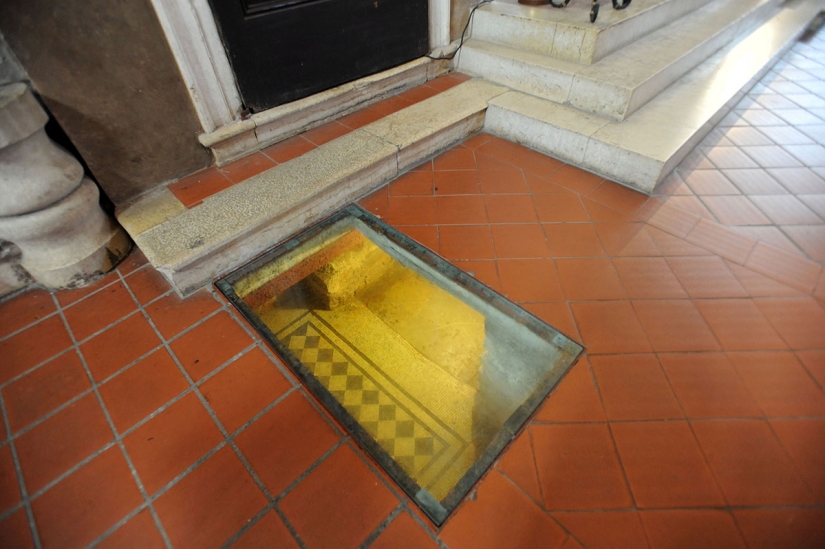
8. The rotunda was built on the site of the eponymous Basilica of the VI century, which, in turn, took the place of the Roman baths. Excavated mosaic of these term can be seen through a small glass window in the floor.
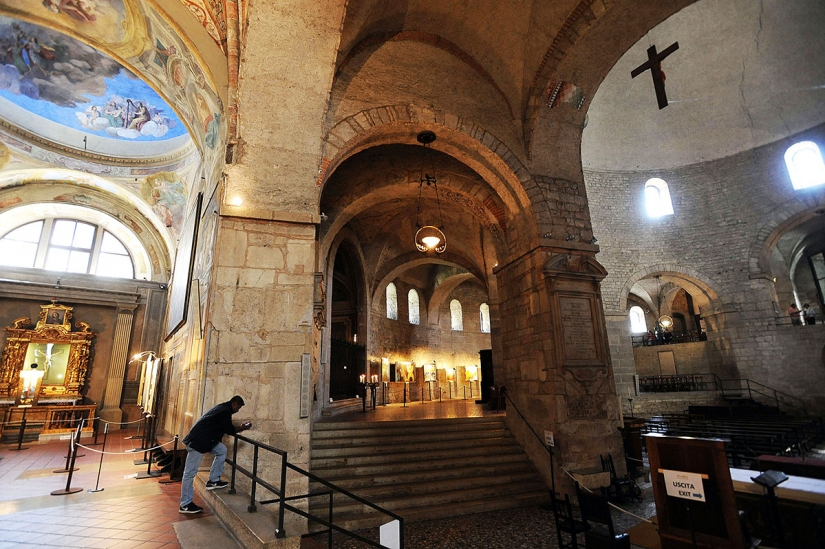
9. The guide told us that at first it is better to go to the Old Cathedral, and then in the New, because in the past nothing to watch. Indeed, the Old Cathedral more beautiful and interesting than the New, despite the modest appearance.
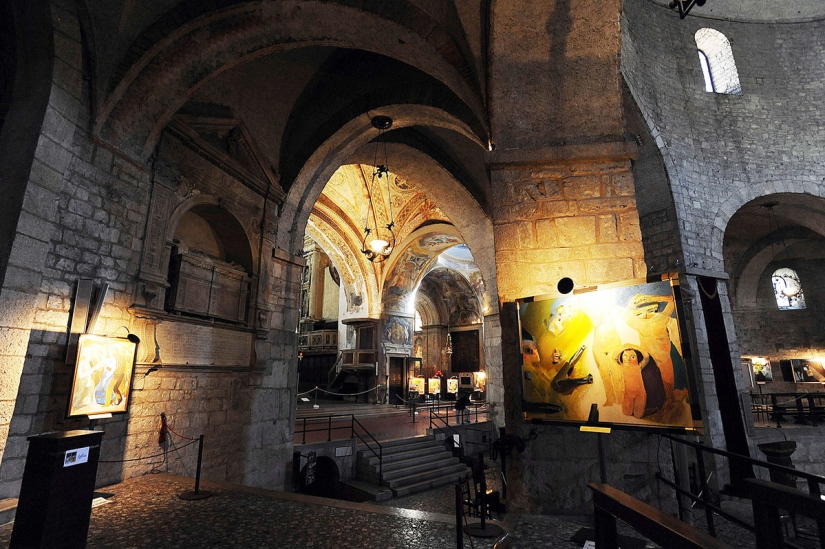
10. The old Cathedral is often used for exhibitions and other cultural and historical events. During our visit there was an exhibition of contemporary art.
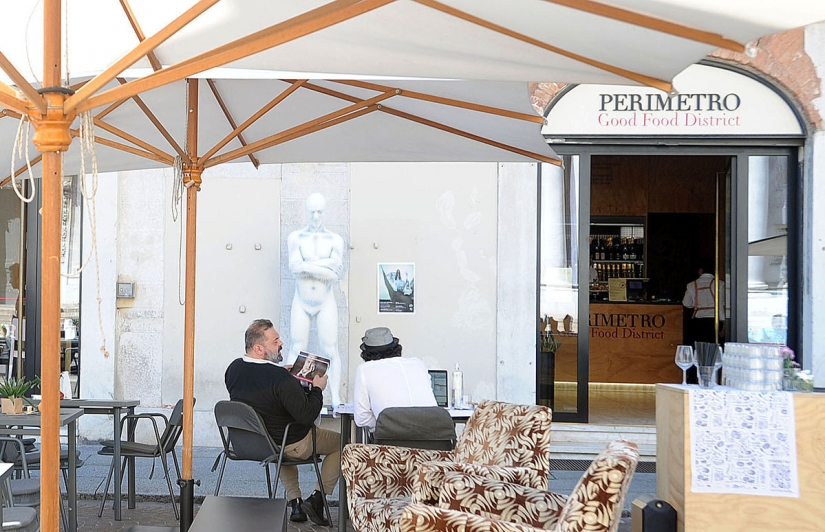
11.
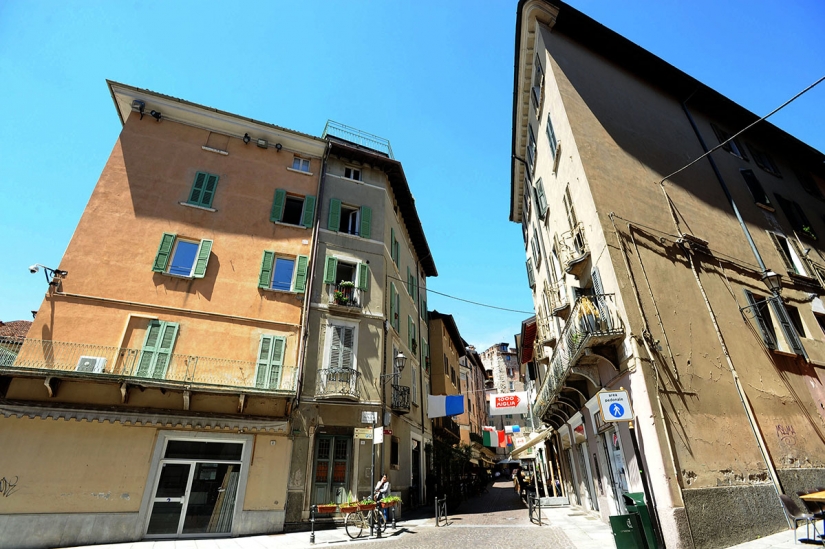
12. Brescia — the birthplace of the legendary road race Mille Miglia. This endurance race on public roads was held in Italy from 1927 to 1957: 13 times until the Second world war and 11 after. Mille Miglia (translated from Italian means "thousand miles") was organized by two young men, Aymo Maggi and Franco Mazzotti, after their hometown of Brescia lost the Italian Grand Prix, losing the right to host the race in Monza. Together with wealthy supporters, they chose a route from Brescia to Rome and back. The length of the distance was equal to 1600 km (1000 miles), which gave the name to the race.
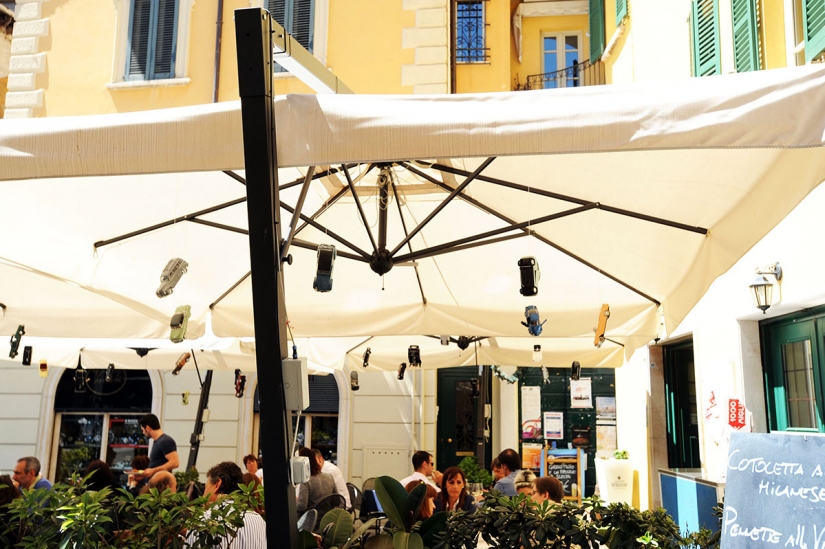
13. The race was closed in 1957 after a crash that claimed the life of Ferrari driver, his Navigator and 11 spectators. In 1977 the Mille Miglia was revived under the name Mille Miglia Storica, becoming a race of vintage cars. It permitted on cars produced before 1957. Although it's all the same racing car that established once speed records, now, to overcome the same route of the classic race, it takes a few days. The rules were changed, and the determining factor is the compliance of drivers to speed limits, not maximum speed. The parade of classic cars that precede each race has allowed Mille Miglia to earn the title of most beautiful road race in the world.
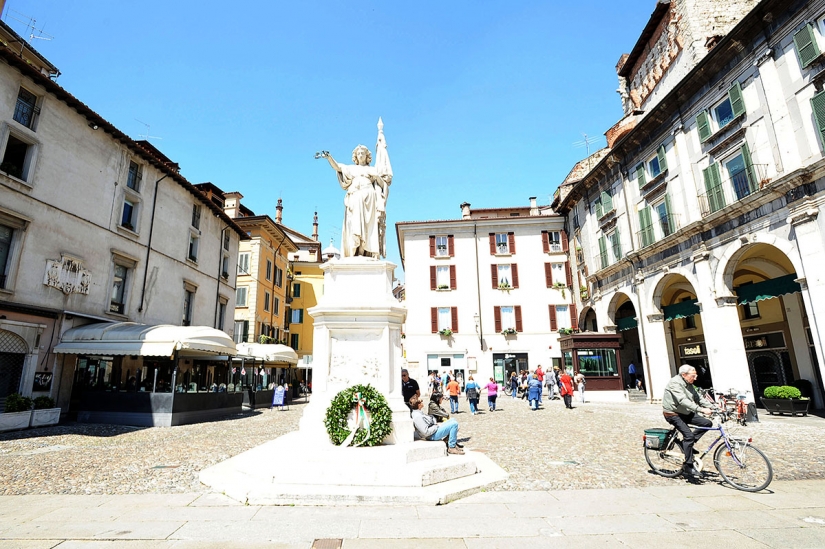
14. And now we go to another very nice square, Piazza della Loggia.

15. The building of the Loggia, designed to accommodate the city Council, was begun in 1492 and completed only in 1560.
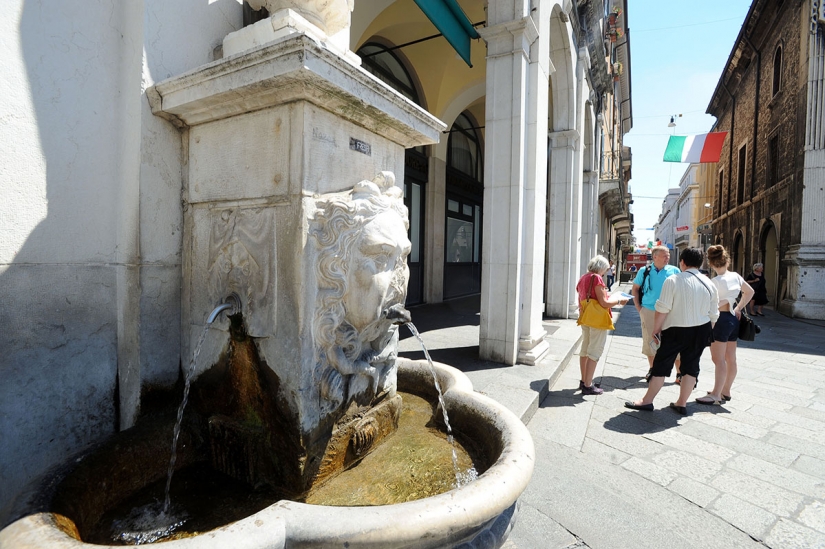
16. The area of the Loggia is surrounded by old houses with arcades, in the construction of some buildings used the stones of Roman buildings. To build the square began in 1433, at the time Brescia was part of the Venetian Republic, and the square was built in the Venetian style. In the XVI century was built the Palace of the Loggia, which now houses city hall.
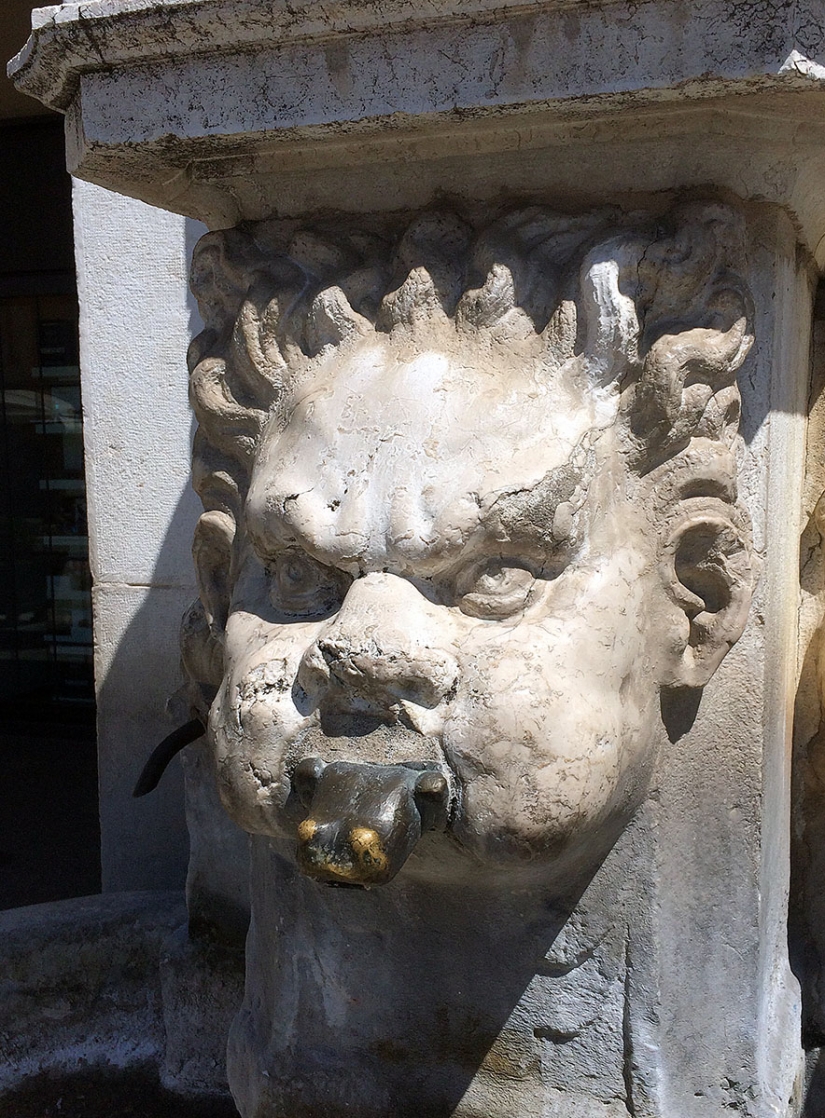
17. Will save this photo to post in the comments when you run out of arguments
Keywords: City | Italy | Tuscany | Cathedral
Post News ArticleRecent articles

At the word "harem" most people come up with colorful pictures-an abundance of seductive half-dressed women, gurgling water ...

No matter how we strive for positive, but negative feelings and emotions are an integral part of our life. And if you can’t avoid ...
Related articles

Jodhpur — second largest city of Rajasthan, India. Until the mid XX century served as the capital of Marwar Raja. It rarely ...

Pasta-perhaps the most popular Italian dish-originates in Sicily of the XII century. For a long time, it remained a food for the ...

Istanbul is the most populous city in Turkey. It is the cultural, historical and economic center of the country. It is located on ...

Markus Reugels is an incredibly talented German photographer who specializes in high-speed and macro photography. His photographs ...